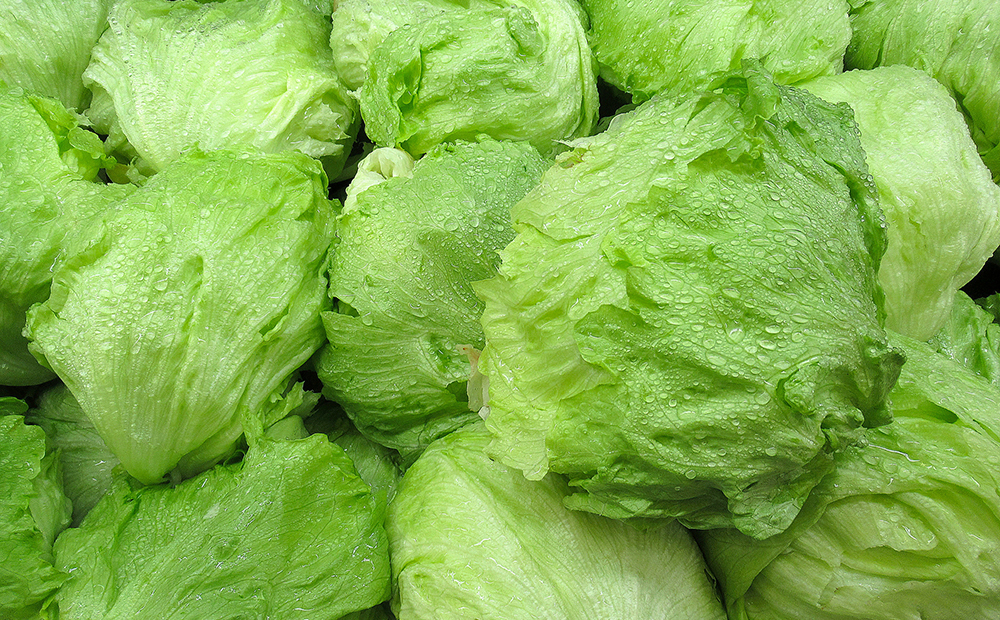



Article by: Hari Yellina
While major food chains may be feeling the squeeze, Pialligo Estate growers are thriving with availability as they believe that the future will revolve entirely around growing locally. Only 15 minutes from Canberra city, executive chef Mark Glenn and head gardener Peter Anderson manage a 56-acre farm. They stated the secret is to be adaptable to what is in season. We may plan as much as we want, but nature is nature, so that’s kind of a little bit of a limitation, but at the same moment, we have enough flexibility, said Mr. Glenn. “We have to deal with what does actually come out of the ground.
In light of the tremendous problems with fresh fruit and the ongoing struggle of supermarkets to stock shelves, major suppliers have started issuing warnings that crops are at risk of rotting on fields. David Littlepoud, the leader of the Nationals, has attributed the labour shortage on the Labor administration’s decision to abandon the Morrison-Joyce administration’s agriculture-specific visa programme. Standing between eight different varieties of lettuce in a poly house, Mr. Glenn believes they have been fortunate to avoid serious problems because they have to rely on “the compassion of nature.” “I believe it really simply boils down to monoculture; if you continually grow the same item in the same soil, eventually it will sort of deplete that soil of all the nutrients that it needs,” he added.
“With the weather, floods, and all of those truly horrible occurrences, there are bigger issues at play.” The farm offers produce to locals occasionally as well as to the restaurant and store. It has 78 50-meter-long vegetable beds, an orchard with more than 1000 fruit trees, an olive grove, and a vineyard. Our capacity to turn over our soil, grow anything we want, and alter it as often as we want, according to Mr. Glenn, ensures that our soil remains healthy and that the plants we cultivate are always as stunning as they can be. Mr. Anderson points out that while they are working on the farm, they are also not required to make the fruit and vegetables appear appealing.
It doesn’t have to be retail quality; it’s still good if it has one bug bite in it, he said. “We can live with a bit more of a microclimate,” he said. Another advantage that Mr. Anderson believes can assist relieve supply-side strain is the lower size of the capital. “On a larger scale, it’s a little more challenging to produce for the likes of folks in Sydney and Melbourne because the land is not necessarily there,” he added. We can pivot easier because our market is smaller and we are a smaller farm, so to speak.
Both Mr. Glenn and Mr. Anderson are hoping that the current crisis in the cost of living and produce will lead to a change in how people view their meals. A farmers’ market is a fantastic illustration of this because the item is grown, put in a box, transported to the market, and then taken by the customer, according to Mr. Glenn. “The less hands between something coming out of the soil and going to your plate, the better,” he added. “I believe the price is one issue, but I think comprehending the worth of what a fruit [or] a vegetable [is] in a true sense rather than what people are used to seeing [is],” the author said.